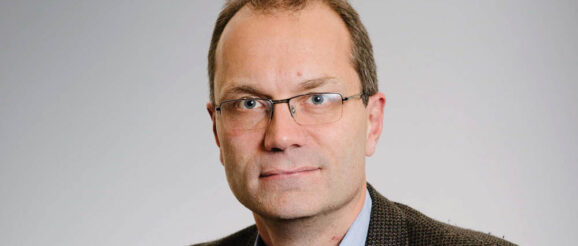Innovation, digital twinning and 4IR – Geospatial World

If we have learned anything over the course of the current pandemic, it is that the future is extremely hard to predict. We could see a straight-line economic recovery depending on the effectiveness and rollout of the vaccines. I see a less curvy and bumpy road ahead if things really do get on a linear path to reopening. This could mean a more linear return to pre-Covid business practices, which, for instance, involve travel. In some parts of the world, conducting business face-to-face is preferred over virtual meetings. As more countries reopen, we will begin to see a push for more physical meetings. I hope we see an inflection point and a more V-shaped kind of recovery, where we just start to trend up as things start to reopen.
Remote working and collaboration
Bentley Systems’ CEO Greg Bentley has said that with the pandemic causing a large majority of infrastructure professionals to work from home, an environment was created where people are better prepared to collaborate on engineering projects. Some countries and regions already had work-from-home policies so they were better equipped to work from remote locations. But the lockdown hit some parts of the world harder. I have talked with users who did not have the policies or the infrastructure to enable colleagues to work remotely employees did not have laptops, companies did not have VPN infrastructure, access to servers, etc. These companies had to invest in software that would facilitate a work-from-home environment for their employees.
“The Fourth Industrial Revolution is showing us how construction, utilities and other industries can move toward autonomous operations.”
Understanding Digital Twin
I recently participated in an Open Geospatial Consortium summit called Urban digital twins and chaired one of the sessions. The discussion turned to the past, present and future of digital twins and digital twinning, which emphasizes that it is a continuous action that occurs. You are always in the process of maintaining, leveraging, expanding and refining digital twins; this process can be referred to as digital twinning. We tend to not look at BIM or GIS as digital twins. However, they are extremely important contributors to and sources of data for digital twins. By themselves, BIM models are not digital twins It really takes the combination of engineering data, design data and operational data. At Bentley, we like to include in the definition the ability to apply models. Whether those are Machine Learning models or physics-based models, they are models that simulate and model the behavior of a system.
Road to automation
Some digital twins may contain approximations of data, which might make full automation difficult. So, much as we want digital twins to be exact replicas, for the foreseeable future they will still mostly be approximations of real-world assets. The Fourth Industrial Revolution is showing us how construction, utilities and other industries can move toward autonomous operations and in the next 10 to 20 years we will see many more autonomous operations in these areas.
